Price gouging is part of the reason why tourists' spending on shopping when visiting Ho Chi Minh City is still low compared to the region.
Laurine, a French tourist, first time to Vietnam and Ho Chi Minh City. Before the trip, Laurine consulted many shopping consultants in the city who mentioned Ben Thanh market and were advised to "pay at least half the price when buying things here".
A French female tourist commented that the market sells all kinds of goods and services, from food and drink to agricultural products and souvenirs. However, the same item "has different prices in each stall". Laurine asked to buy a few things such as pepper, conical hats for display, and small embroidered paintings. Each item was quoted by the shop owner at over 200,000 VND.
Following reviews on social networks, the French tourist also paid 50-70% of the price of each item that the shop owner offered. When the seller did not agree, she turned around and "pretended to walk away" to be called back and the price was only 40,000-80,000 VND per item. Laurine's total spending after a shopping trip at the market was less than 300,000 VND.
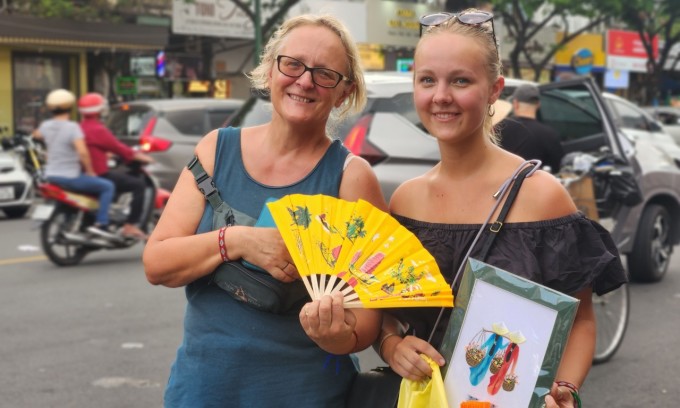
Laurine and her mother bought some souvenirs in Ben Thanh market.
"Overpricing is a common feature of many traditional markets in many Asian countries, not just Vietnam. Therefore, I am not shocked when I am overcharged, but I am not sure how much the item is really worth, whether it is worth the money spent," said Laurine.
Similarly, Ash, a female tourist from New Zealand, also came to Ho Chi Minh City for the first time and experienced "bargaining when buying things". Ash also visited traditional shopping spots such as Ben Thanh Market, Saigon Square, Tan Dinh Market following the instructions of travel advice sites. She said that she had to bargain at every shopping spot. "Afraid of being ripped off, I only bought a few souvenirs at the traditional market, which cost less than 200,000 VND", said the female tourist from New Zealand.
Ms. Bui Thi Ngoc Hieu, Deputy Director of the Ho Chi Minh City Department of Tourism, said that in the first 6 months of the year, the city welcomed 1.9 million international visitors, with total tourism revenue reaching VND80,833 billion, of which shopping activities by international visitors contributed 9% and domestic visitors 2%.
Although shopping is considered the main product of the city's tourism industry, the proportion of spending on shopping is still low. In Ho Chi Minh City, tourists spend 17% of their total spending on shopping. In Bangkok (Thailand), this index is 23%, Kuala Lumpur (Malaysia) 32%, Singapore 28%.
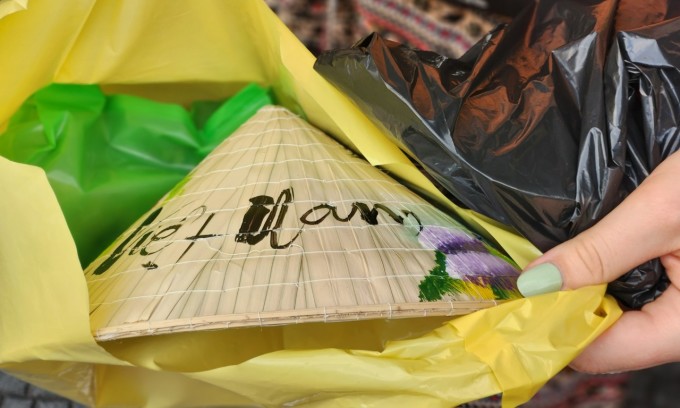
The result of Ash's shopping trip is some low-value souvenirs. Photo: Bich Phuong
According to the Ho Chi Minh City Department of Tourism, international visitors to the city often shop at traditional markets and shopping malls, but their purchasing power is low.
The price gouging by some traditional market vendors that has been spread on social networking sites recently, in addition to causing direct damage to them, also "has a very negative impact on the city's tourism image," said Ms. Hieu.
According to Ms. Huynh Phan Phuong Hoang, Deputy General Director of Vietravel , "price gouging" can affect the spending power of tourists when coming to Vietnam. This is one of the issues that the tourism industry is concerned about. To improve this situation, Ms. Hoang proposed that Ho Chi Minh City build a unified "price corridor" and at the same time plan and build shopping areas. Bringing the stalls to one area not only creates favorable conditions for tourists to experience but also makes management easier. The items sold here must have clear prices and have a specific promotion and development plan.
This proposal is in line with the development orientation of shopping tourism products in Ho Chi Minh City, building the city into a regional shopping center. According to a representative of the Ho Chi Minh City Department of Tourism, the specific plan of this orientation is to take advantage of the diversity of independent stores, discount street markets, build commercial areas, modern shopping centers, shopping centers selling seasonal discounted goods (factory outlets), and duty-free stores in the city (downtown duty-free). In the period of 2026-2030, Ho Chi Minh City calls for investment in large-scale duty-free stores and stores selling branded products at low prices (outlet stores) in key tourist areas (Cu Chi, Can Gio, Cho Lon, Thu Duc City), a representative of the Ho Chi Minh City Department of Tourism informed.
The Department of Tourism said that in recent times, the handling of the situation of overcharging tourists has been of interest and coordination among relevant units. The Department of Tourism is focusing on implementing solutions such as working with the police to improve the quality of tourism management in Ho Chi Minh City, handling "overcharging" cases; advising people and tourists to provide evidence and images; coordinating to organize checkpoints at more than 30 key tourist routes to detect and handle negative behaviors.
To avoid being ripped off and overcharged, some foreign tourists limit shopping at traditional markets. For electronics, cosmetics, and fashion items, Ash chooses to go to shopping malls because the prices are listed. "In New Zealand, whether in small markets or shopping malls, the prices are the same, I don't have to haggle like when I travel," she said.
Article and photos: Bich Phuong - Van Khanh
Source link


![[Photo] Chairman of the Hungarian Parliament visits President Ho Chi Minh's Mausoleum](https://vphoto.vietnam.vn/thumb/1200x675/vietnam/resource/IMAGE/2025/10/20/1760941009023_ndo_br_hungary-jpg.webp)
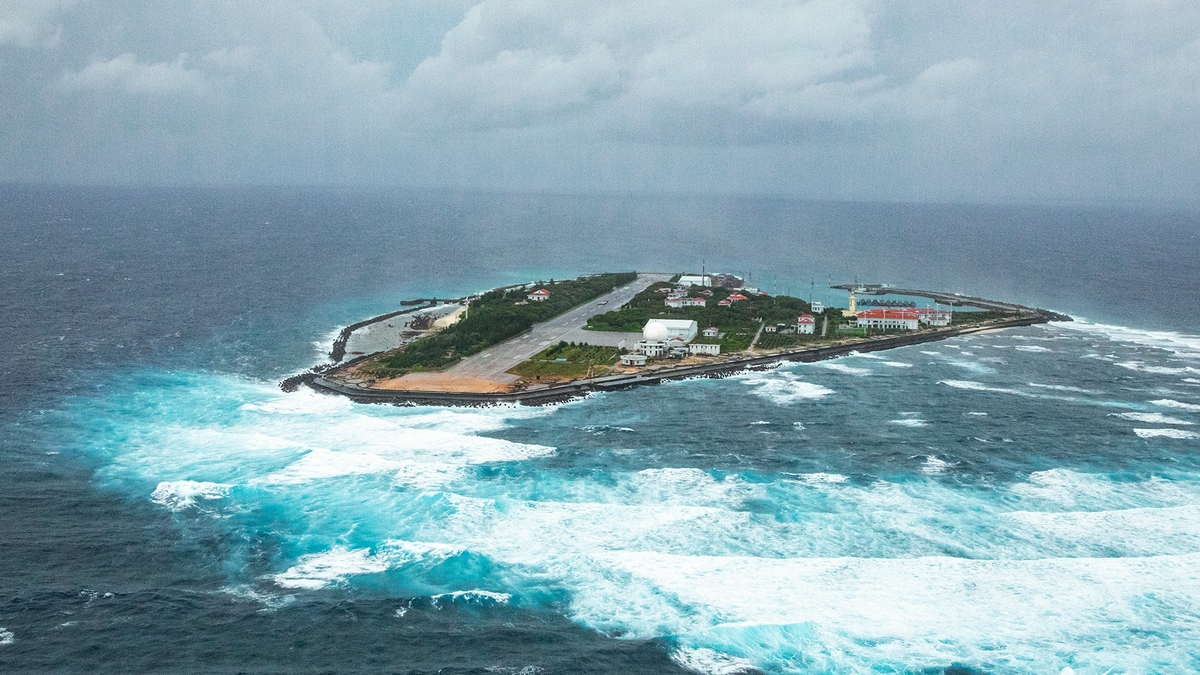

![[Photo] Prime Minister Pham Minh Chinh meets with Speaker of the Hungarian National Assembly Kover Laszlo](https://vphoto.vietnam.vn/thumb/1200x675/vietnam/resource/IMAGE/2025/10/20/1760970413415_dsc-8111-jpg.webp)
![[Photo] National Assembly Chairman Tran Thanh Man holds talks with Hungarian National Assembly Chairman Kover Laszlo](https://vphoto.vietnam.vn/thumb/1200x675/vietnam/resource/IMAGE/2025/10/20/1760952711347_ndo_br_bnd-1603-jpg.webp)
![[Photo] Solemn opening of the 10th Session, 15th National Assembly](https://vphoto.vietnam.vn/thumb/1200x675/vietnam/resource/IMAGE/2025/10/20/1760937111622_ndo_br_1-202-jpg.webp)
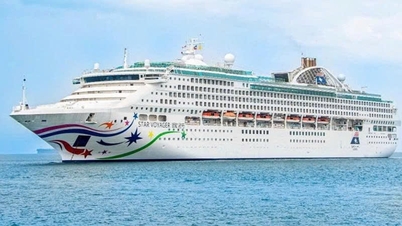

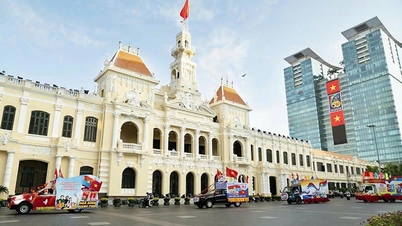
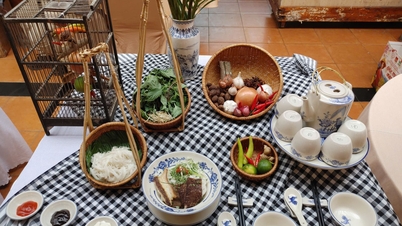
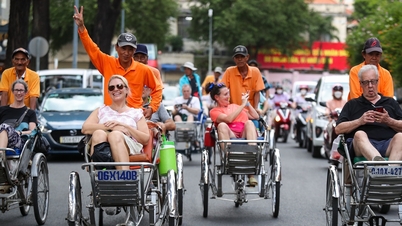


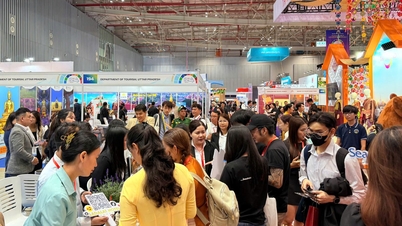
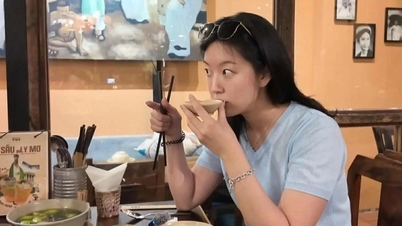



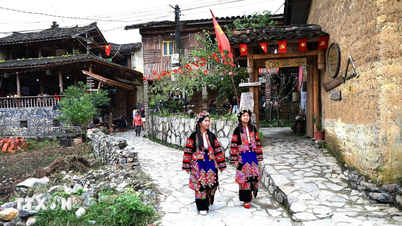

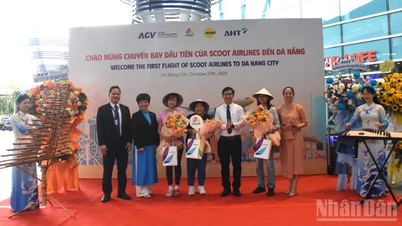

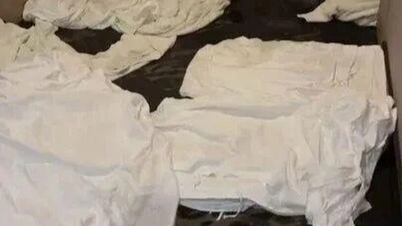
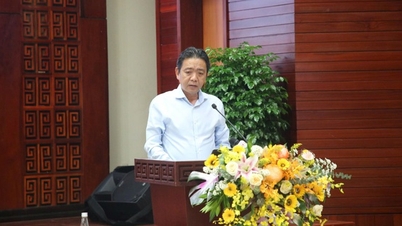










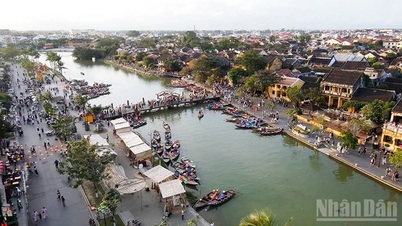
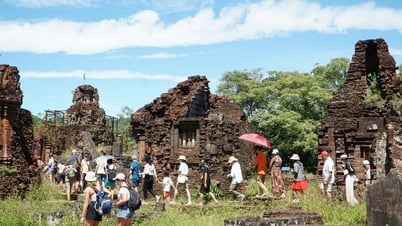

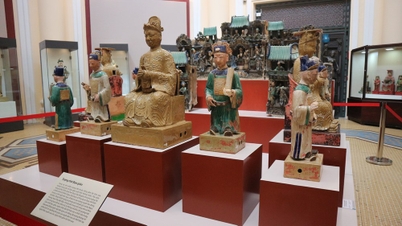
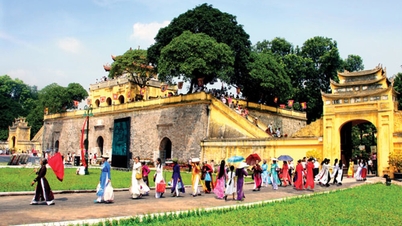

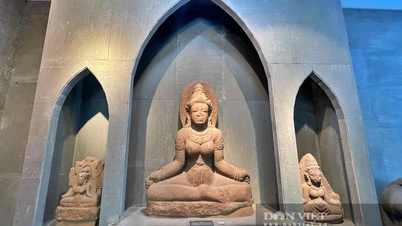

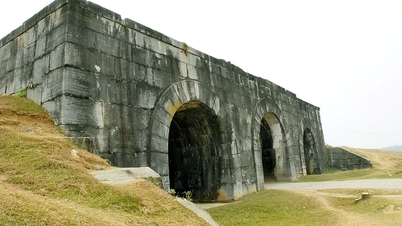
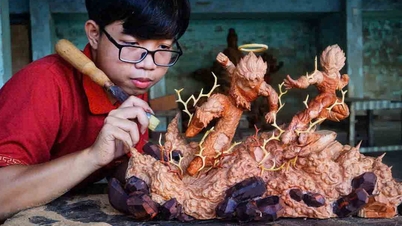
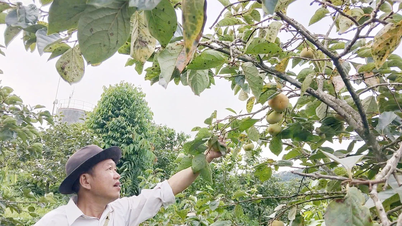

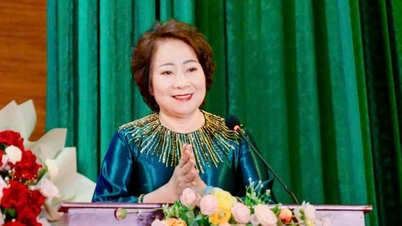


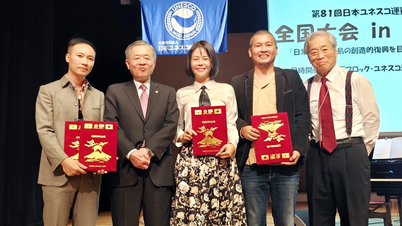


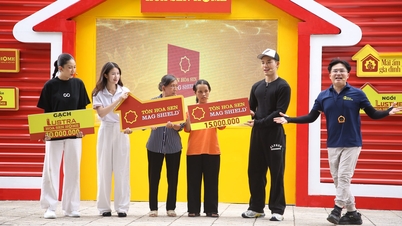

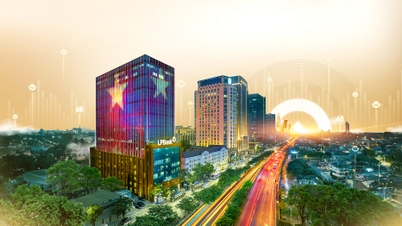

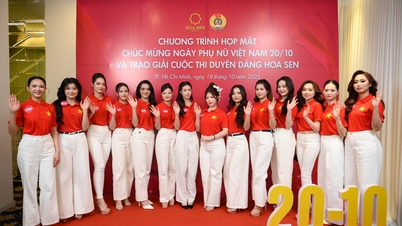
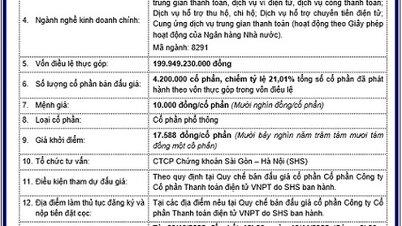
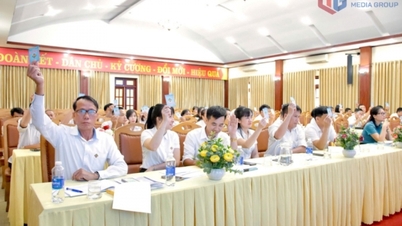

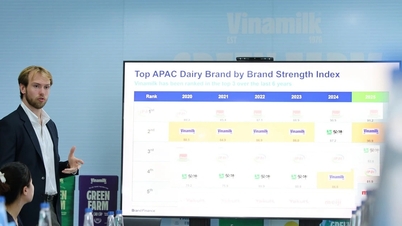




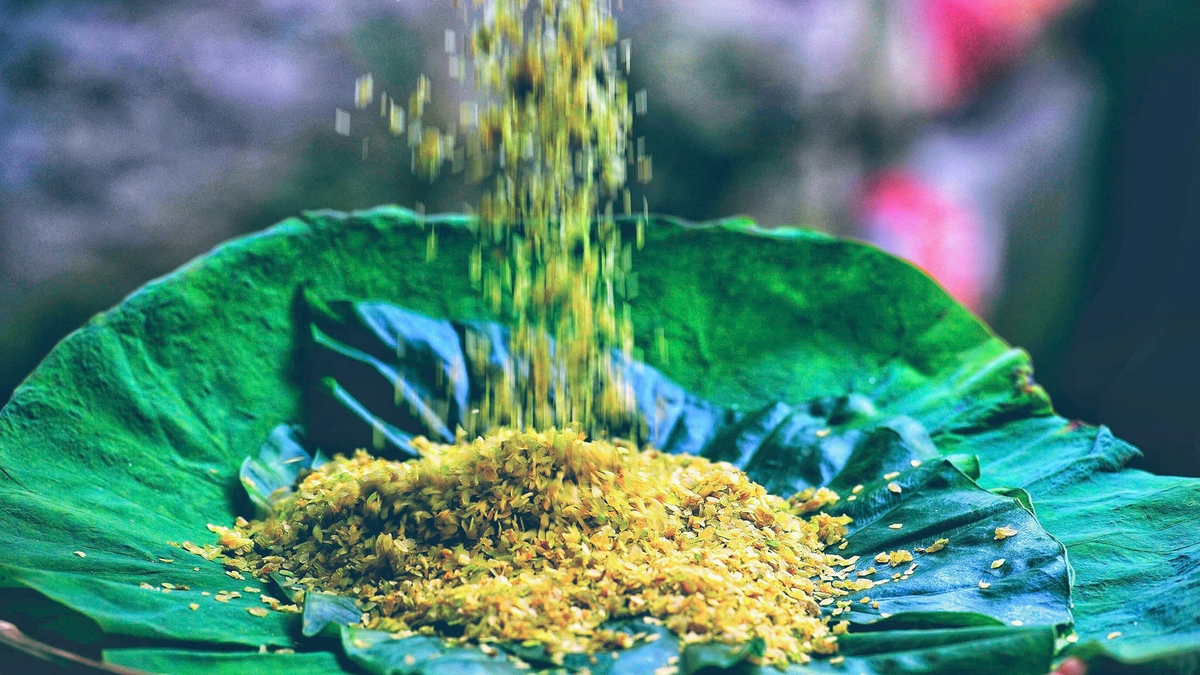
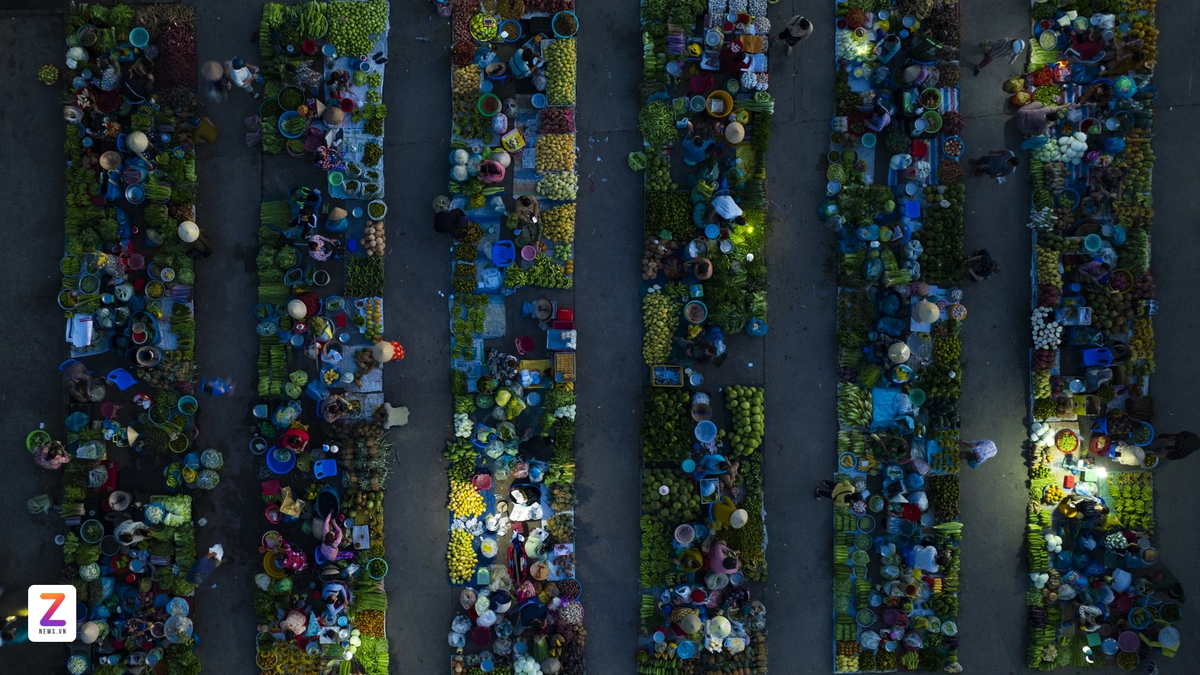




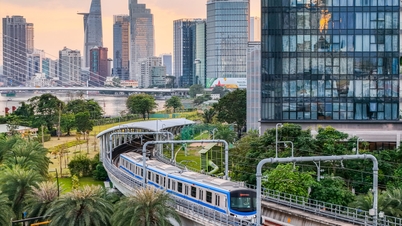


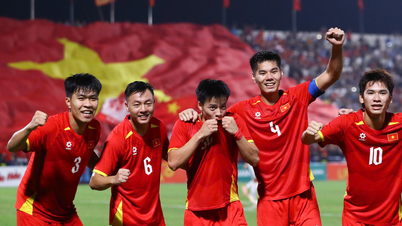
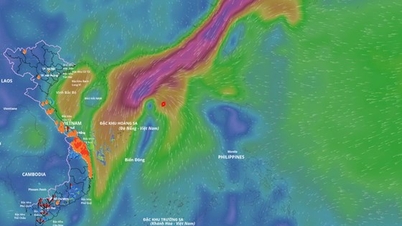



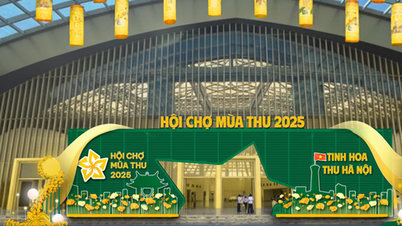
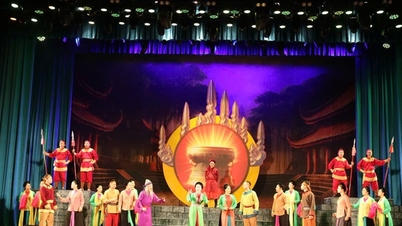

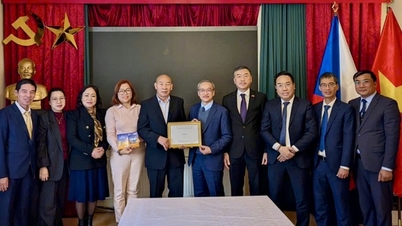
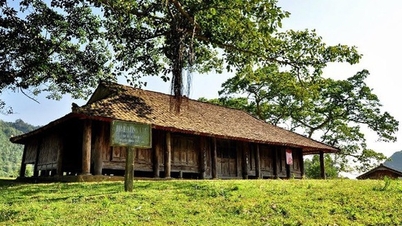
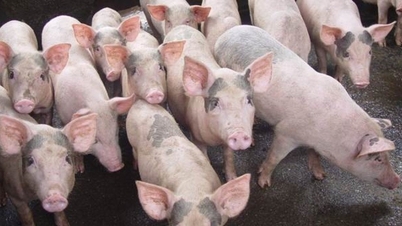





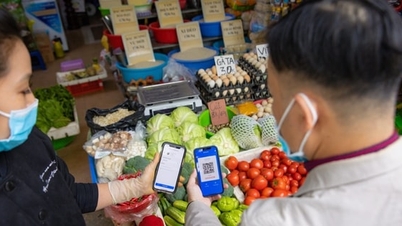
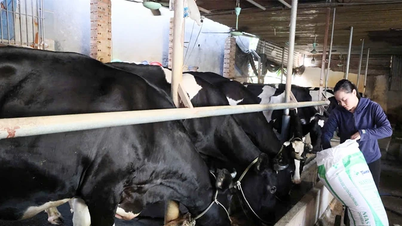

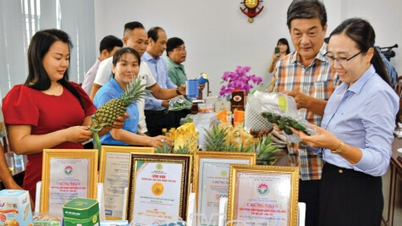







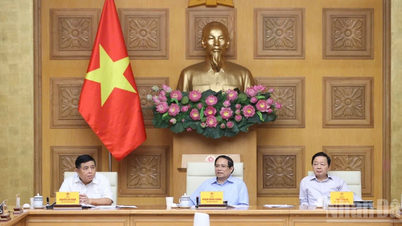
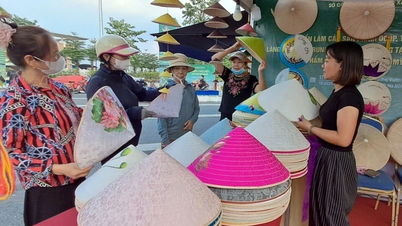




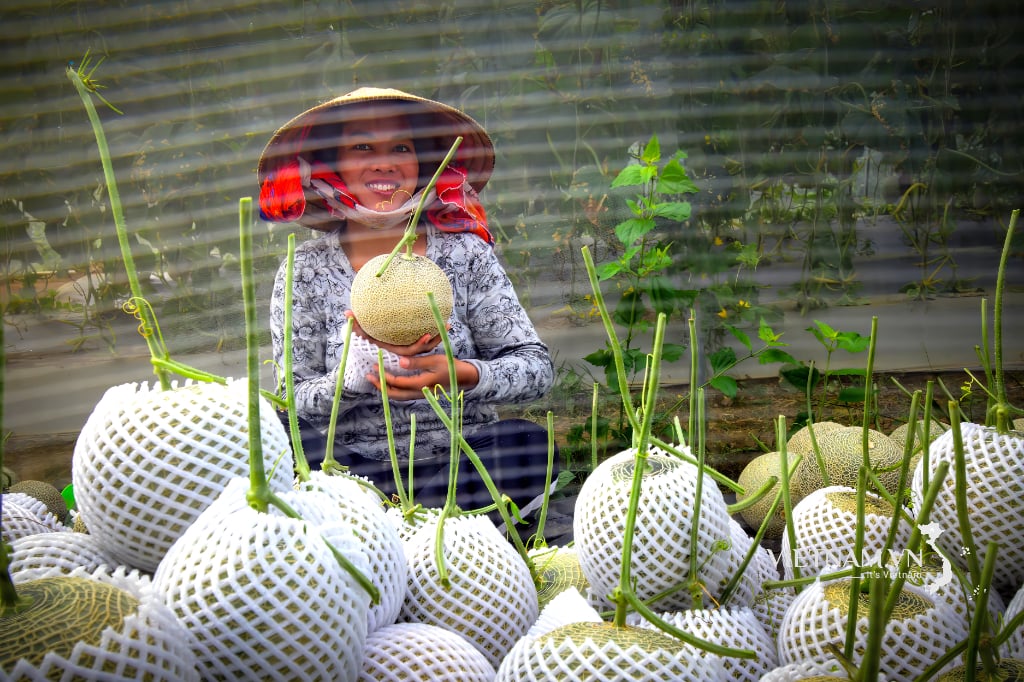
Comment (0)